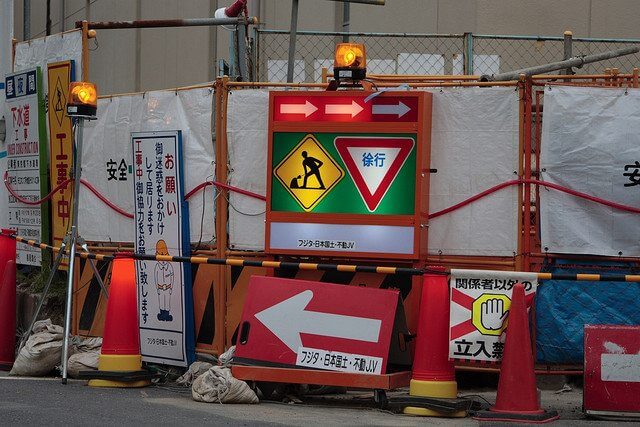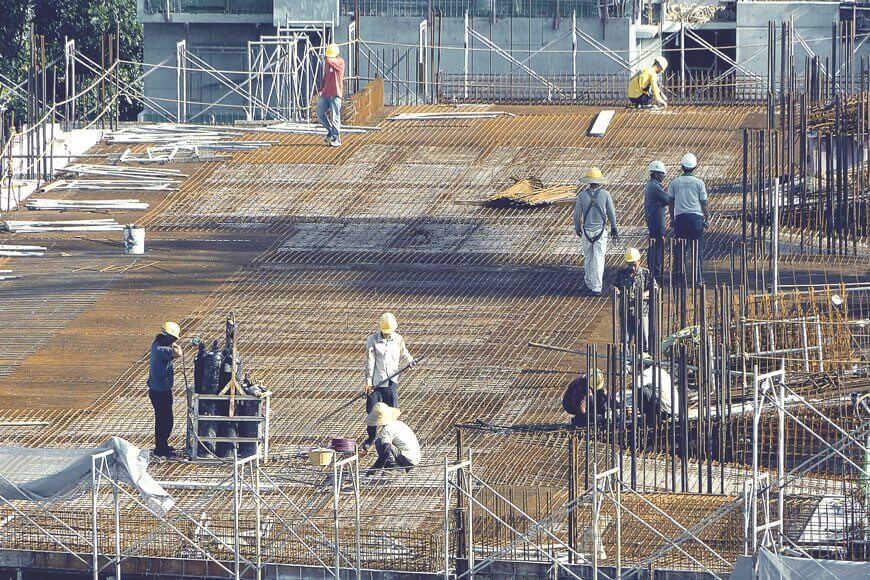The definitions of unskilled, semiskilled, and skilled labour
Every job needs a specific skillset, but that doesn’t always mean that everyone has the skills and requirements needed for the position.
Some people are losing out on advanced jobs because they don’t have the necessary training needed for the position, while others with years of experience are being passed over in favor of those who have no experience and a college degree.
Even the basic jobs are becoming harder to fill, either because no one wants them or the necessary requirements of having a degree are causing a financial setback that is not worth the low pay that the employees will receive.
Unskilled labour
Unskilled labour basically means that the job will be completed by someone who has no specific skills and hardly any formal education. The work is often easy, although in the field of construction and other workplaces, it is physically demanding with long hours.
There are not many unskilled labour jobs left, as everything seems to need knowledge of some sort. Whether it is computers or another type of technology, everyone is going to need to know something in order to get a job in the future.
Examples of Unskilled Labour:
- Grocery Clerks
- Fast Food Workers
- Parking Lot Attendants
- Housekeeping
Semiskilled labour
Semiskilled labour is a step above unskilled labour with the jobs requiring partial skills, but not enough to necessitate advanced training or certification. Most employees in semi-skilled jobs have graduated high school but didn’t advance far enough through college to obtain their degree.
The skills that employees have for these jobs, along with the new skills that they learn as they are working, are often capable of being transferred to jobs that they may have in the future.
Examples of Semiskilled Labour:
- Salespeople
- Flight Attendants
- Restaurant Servers
- Truck Drivers
- Security Guards
Skilled labour
Those workers that have advanced training, certification and higher education are considered part of the skilled labour workforce. These jobs require the knowledge of specific skills that can only be learned from school, workshops, and eventually experience within the field. The demand for skilled labour is going to continue to grow as technology keeps advancing in the future.
Examples of skilled labour:
- Nurses
- Electricians
- Construction Workers
- Law Enforcement Officers
This country has already seen major changes between these three labour categories. Decades ago, unskilled workers were able to find jobs almost anywhere where they lived. However, during the last ten to fifteen years, those same workers are struggling to keep the unskilled labour jobs that they manage to find. And many of them are losing the battle because those same jobs now require a person that fits the semiskilled labour category to fill them.
It used to be that construction companies could hire workers that were unskilled, semiskilled, and skilled to get their projects completed. However, due to changes in the field and the necessary items that construction workers are needed to know to do their jobs, those hiring requirements are changing.
Currently, skilled labour is required at multiple construction job sites and the demand is higher than ever. Unfortunately, there are not enough workers to fill these job openings, or at least that is what is thought.
Read here: 12 construction worker skills you need to succeed
According to recent surveys within the construction industry, certain skilled labour jobs like electricians and welders are in high demand, while many of the others are average. Businesses around the country are looking for skilled workers, and that is what is causing the shortage in the construction field.
After all, these construction workers can utilize their skills for another job where the hours are shorter, and the work is not as physically demanding. Plus, if they are getting the same pay or even more, no one can blame them for using their skills wisely and changing jobs.
Most of today’s skilled workers are professionals, which means that they are some of the experts in their field of choice. They can solve problems, use technology to operate computers and other equipment, calculate measurements and costs of projects, construct things, fix almost everything, and even use robots to do even more than they used to in their line of work.
These professional skills can be learned with on the job training, but it takes lots of time. After all, no construction project is ever the same, and there are always new issues popping up that need to be solved.
Everyone is going to need to find a way to learn some type of skills, so that they can find a job in the future. Some people may choose to do an internship for on the job training, while others will finally make the choice to continue their education, so they can be included in the list of potential job candidates for open positions.




